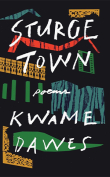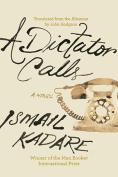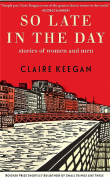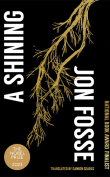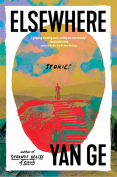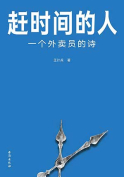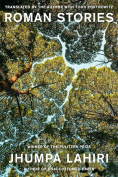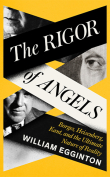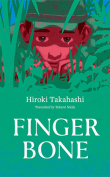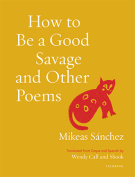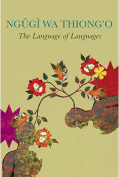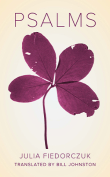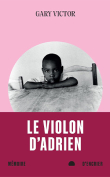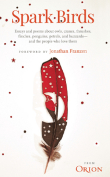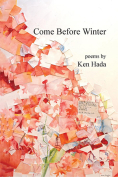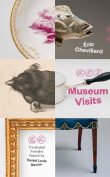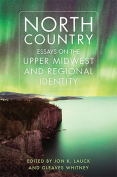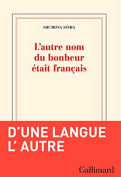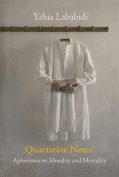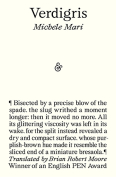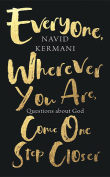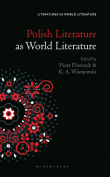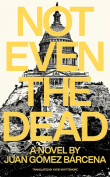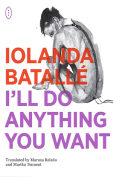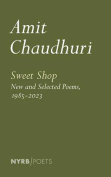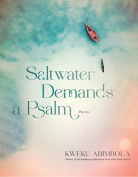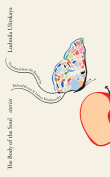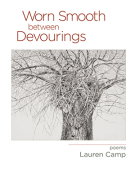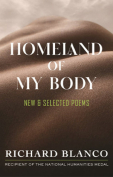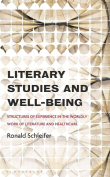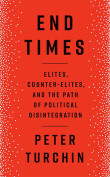Spark Birds
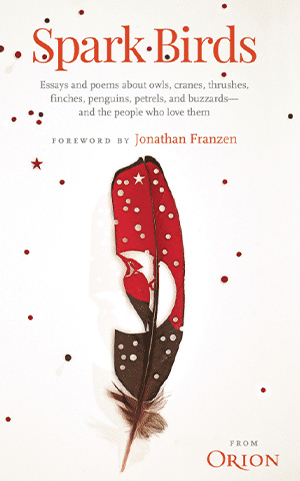 Illus. Chris Maynard. Northampton, Massachusetts. Orion Magazine. 2023. 176 pages.
Illus. Chris Maynard. Northampton, Massachusetts. Orion Magazine. 2023. 176 pages.
It will come as no surprise to readers of Orion, the publishers of this volume, that a book which draws its material from what has appeared in the magazine over the years will be of first-rate quality. Orion has been a locus of fine prose and poetry since it was launched in 1982. It is one of the English-speaking world’s premier journals for environmental writing. Spark Birds offers readers a selection of material drawn from the magazine’s pages over the last several decades. The editors have done an excellent job in assembling something that has a pleasing diversity of content yet that manages to hold together well as a collection.
The book consists of “Essays and poems about owls, cranes, thrushes, finches, penguins, petrels, and buzzards—and the people who love them.” The last part of that description is worth stressing. Yes, birds constitute the focus of the book; they provide the common denominator that underlies all the pieces and provides a sense of thematic unity. But it’s the human element that’s brought into play—the varied impact of the birds on the lives of the thirty-three contributors—that often engages the reader’s interest, not just the birds per se. As Jonathan Franzen puts it in his foreword, “Narrative nature writing, at its most effective, places a person in some kind of unresolved relationship with the natural world.” It’s the exploration of such relationships, as much as the species the writers are concerned with, that makes the book compelling reading.
Some of the essays are ones that readers may have encountered before, not only in the pages of Orion. For instance, Brian Doyle’s “Raptorous” is included in his posthumous collection One Long River of Song: Notes on Wonder (2019); Kathleen Jamie’s “Storm Petrel” appears in her (wonderful) collection Sightlines (2012); and Mary Oliver’s “Owls” is in her well-known Owls and Other Fantasies (2003). But these are all fine pieces of writing that repay several readings. In any case, seeing them in the context of Spark Birds, as integral parts of this particular selection, presents them in a novel light.
In her musings on the ringed storm petrel whose body she found on a remote Scottish island, Kathleen Jamie suggests that her encounter with the bird “extended my imagination.” This leitmotif is evident throughout the book. Whether we’re reading poems about egrets, hummingbirds, or pelicans, or essays about penguins, buzzards, or sparrows, there’s a sense of the writers’—and thus readers’—imaginations being stretched by these avian encounters. This is far more than just “a bird book.” There are, as one would expect, many fascinating insights into the birds that are the explicit points of focus for these poems and essays. But the writers also touch on a whole range of other issues sparked by their encounters with the birds in question, for example: the power of naming; the failure of politicians (of whatever party) to engage responsibly in environmental protection; how “racism and sending another species to extinction grow from the same rotten core”; the nature of poetry; how the Audubon Mural Project has the potential to “connect a low-income community of color to the green sector, which is predominantly white”; and how habituation—getting used to seeing things—can dull a sense of wonder.
Describing the book as “essays and poems about birds” is, in one sense, accurate enough. But it also risks missing one of Spark Birds most striking and attractive features—namely, Chris Maynard’s exquisite artwork. Perhaps the twenty-one shadow boxes that are included, showcasing his original and beautiful avian studies, worked in carefully cut—sculpted—feathers, should be regarded less as illustrations and more as a visual essay or poem in their own right. One of the pleasures of reading a good book is to follow its leads to other worthwhile reading. I’m pleased that Spark Birds has alerted me to Maynard’s website (www.featherfolio.com) and to his book Feathers: Form and Function (2014).
In addition to the excellence of the individual pieces, another of Spark Birds’s merits is that it prompts wider reflection on the nature of nature writing, thanks to Jonathan Franzen’s question-promoting foreword. Not everyone will agree with his view that descriptive writing in this area is rendered redundant by audiovisual media. Indeed, his dismissal of some of J. A. Baker’s lyrical prose in The Peregrine as “tediously descriptive” may strike some as verging on sacrilege. But Franzen makes a convincing case for an evangelical approach that focuses on persuading nonbelievers in nature to take an interest. The best way to do this, he insists, is not to offer descriptions of the natural world, however lyrical, but to tell a good story. As he puts it: “We can’t make a reader care about nature. All we can do is tell strong stories of people who do care and hope that caring is contagious.”
Writing about birds has resulted in some impressive books: J. A. Baker’s The Peregrine (1967), William Fiennes’s The Snow Geese (2002), James Macdonald Lockhart’s Raptor (2017), Steven Lovatt’s Birdsong in a Time of Silence (2021), Helen Macdonald’s H Is for Hawk (2014), and Jonathan Evan Maslow’s Bird of Life, Bird of Death (1986), to name just a few. There are also some good anthologies, such as Simon Armitage and Tim Dee’s The Poetry of Birds (2009). Spark Birds is a welcome addition to this literature and matches its best exemplars in the quality of writing it contains. The fact that it’s so handsomely produced—thanks in large measure to Chris Maynard’s artwork—adds to its appeal.
Will the book help make converts in the way Franzen wants nature writing to do? It certainly contains material that’s richly endowed with caring. Whether this will prove catching will, in the end, depend on that most unpredictable of things—how individual readers respond to a particular text.
Chris Arthur
St. Andrews, Scotland
